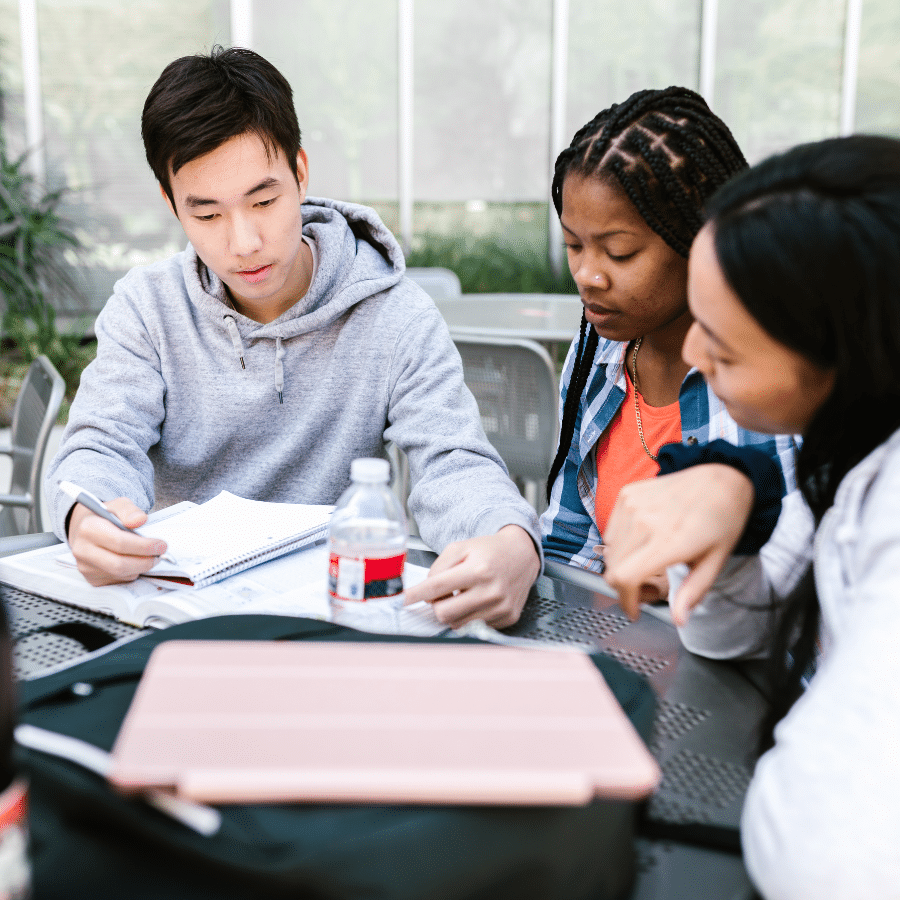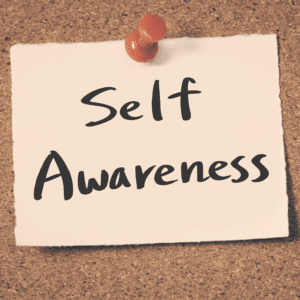Introduction
There are many reasons that students can be unmotivated in the classroom. Some students may have a learning disability and find it difficult to understand the material being taught. Others may feel isolated or undervalued by their teachers, while still others may simply be bored by what they’re learning. But even if you don’t see your students’ lack of motivation as a problem for you as a teacher (and I hope it isn’t!) there are other reasons why positive reinforcement is better than negative reinforcement:
The Difference Between Negative and Positive Reinforcement
The difference between negative and positive reinforcement is that the former involves taking away something a student doesn’t like, while the latter involves providing a reward for performing a task. For example, if you have an essay due in class and your professor gives you an “A” on it, then this is positive reinforcement because it provides a reward for completing your assignment. On the other hand, if your teacher threatens to give everyone zeros unless they finish their work by tomorrow morning–and then follows through with this threat–this would be an instance of negative reinforcement because he or she took away something unpleasant (i.e., no grades) after students completed their assignments on time.
While both types of motivation work well when used correctly by teachers and parents alike; there are some distinct advantages associated with using positive reinforcement over its counterpart:
The Advantage of Positive Reinforcement
Positive reinforcement is the best way to encourage desirable behaviors in students. Here’s why:
- Positive reinforcement is more effective than negative reinforcement. Positive reinforcement can be used to increase the frequency of desired behaviors, while negative reinforcement will only work if it’s paired with something unpleasant (e.g., you have to write lines if you tell a lie). In addition, positive reinforcement tends to be remembered longer than any other type of reward or punishment; this means that when you use positive feedback for good behavior, students will remember it and try harder next time!
- Students are more likely to repeat what works for them; therefore, we should provide as many opportunities for our students as possible so that they feel successful at school each day.
How to Use Positive Reinforcement in the Classroom
Positive reinforcement is a reward for good behavior. It can be verbal or non-verbal, such as praise, applause and encouragement. Verbal responses include “good job”, “Awesome!”, and “You’re doing great!”. Non-verbal responses include giving the student a high five or patting them on the back while saying something like “I’m proud of you!”
Positive reinforcement should be used in moderation because too much positive reinforcement will reduce its effectiveness as a reward. In addition to being used as a reward for good behavior, positive reinforcement can also be used when students are struggling with an assignment or task by providing encouragement that they will be able to succeed if they try hard enough (e.g., “I know this is difficult but I have faith in you!”).
Students are more likely to be motivated by positive reinforcement than negative.
In order to motivate students, it is important to understand the role of positive reinforcement in student motivation. It is true that negative reinforcement can be effective in motivating students, but it can also have negative effects on them. For example, if you give your student a grade for doing something wrong or poorly done and expect him/her not to repeat such behavior again in future exams then this method will not work well because the student will feel frustrated and upset when he/she knows that his hard work was not acknowledged by anyone else except himself/herself (if at all).
Instead of using punishments or threats as a way to motivate students into doing better next time around try using positive rewards instead; this will encourage them even further, making sure they keep up with their good habits without feeling like they are being punished for something they did wrong earlier on in life.”
Conclusion
Positive reinforcement is a powerful tool that can be used in the classroom to motivate students to learn and achieve. It’s important to remember that positive reinforcement is different than negative reinforcement, as it doesn’t use punishment or threats as its main method of motivating students. Instead, positive reinforcement uses praise and incentives to encourage students towards achieving their goals.













